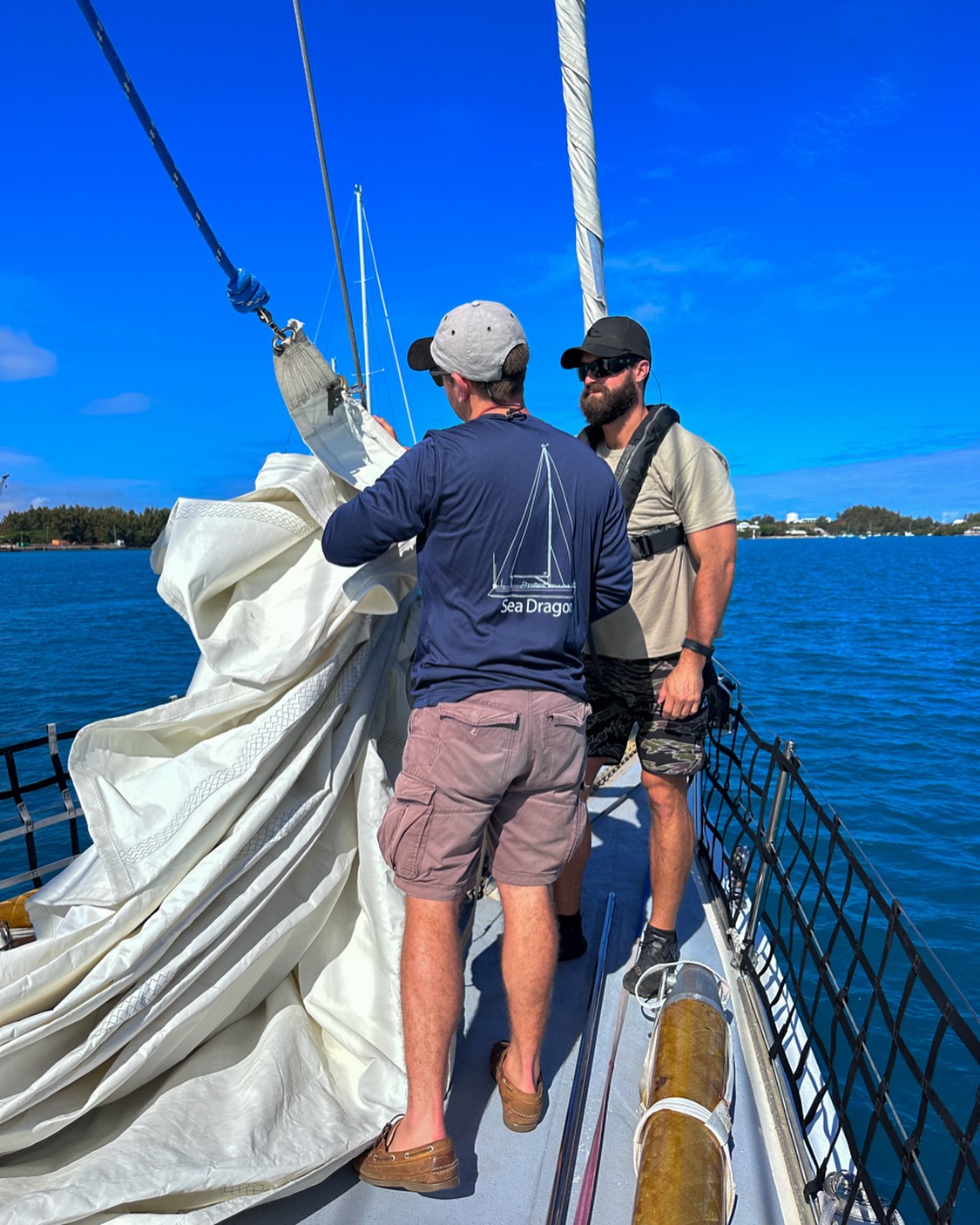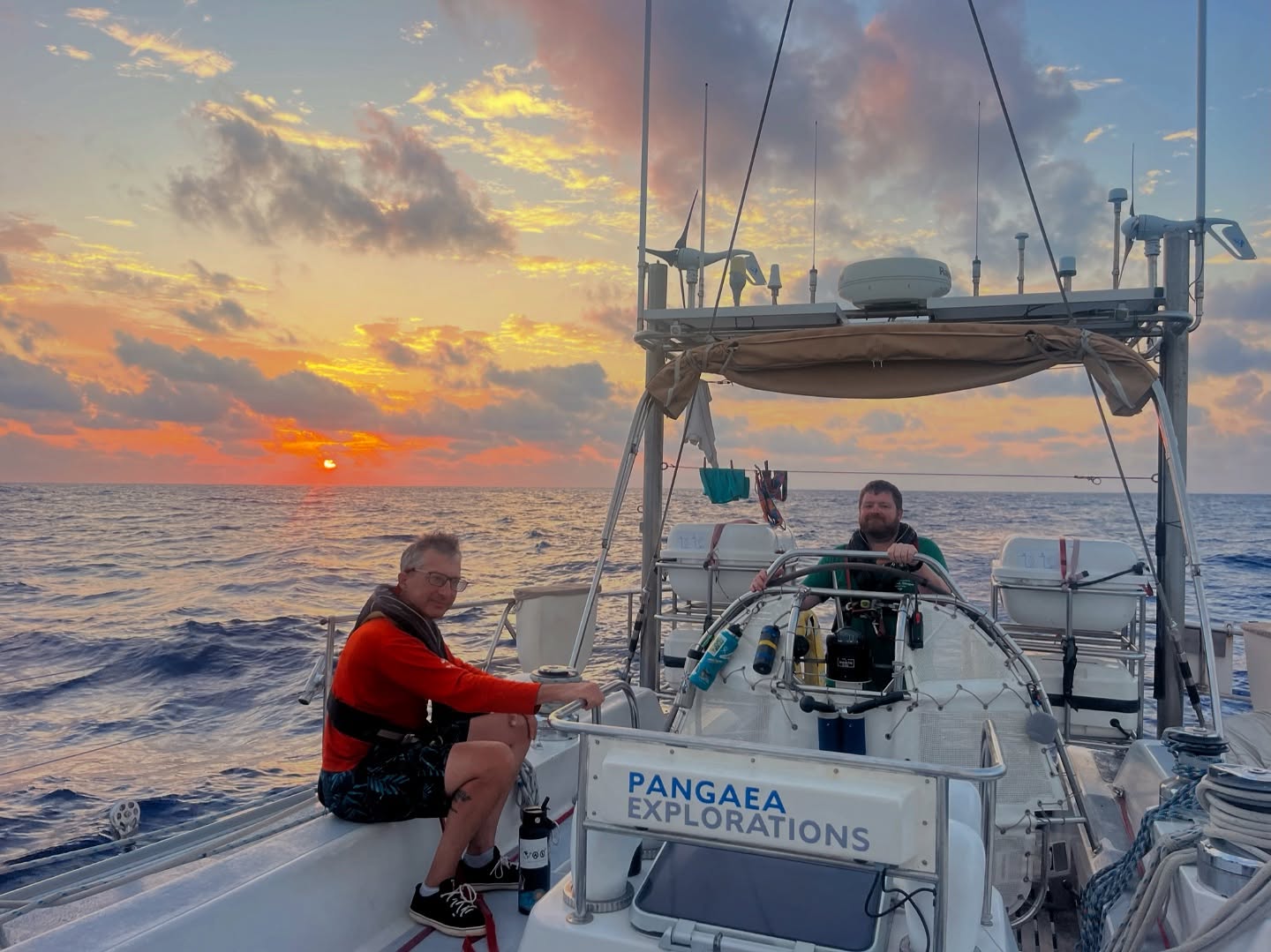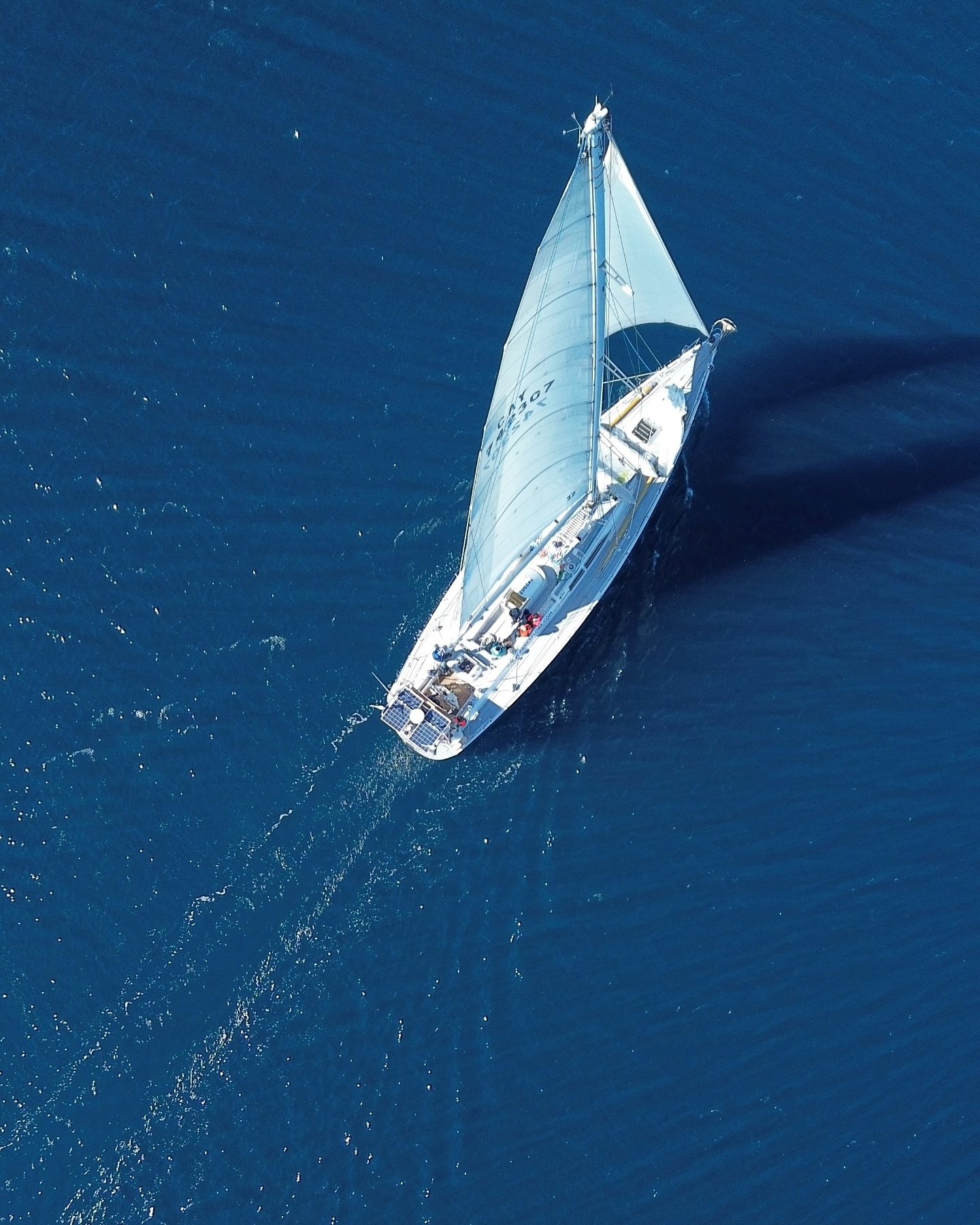 One of the important ideas in recovering from this dramatic marine debris program is “lifecycle management” or “cradle to cradle” (formerly -“to grave”). Sounding like a Sante-Fe inspired new age health plan, this is actually a very engineering oriented look at managing out use of materials. The intellectual premise is dead simple. Always conceive the entire life of any product we put into use…and make sure that has an acceptable, productive end. If we design boat sails for example, lets make sure that it is not only made in the least toxic, most efficient manner but… that we also know how to recover the tired, worn out old sails and put them to some productive next use. Same for clothes, cars, even concrete.
One of the important ideas in recovering from this dramatic marine debris program is “lifecycle management” or “cradle to cradle” (formerly -“to grave”). Sounding like a Sante-Fe inspired new age health plan, this is actually a very engineering oriented look at managing out use of materials. The intellectual premise is dead simple. Always conceive the entire life of any product we put into use…and make sure that has an acceptable, productive end. If we design boat sails for example, lets make sure that it is not only made in the least toxic, most efficient manner but… that we also know how to recover the tired, worn out old sails and put them to some productive next use. Same for clothes, cars, even concrete.
William McDonough has been one of the strongest advocates of this with his book “Cradle-to-Cradle” Bill is a trained architect and believes we can transform industry from “takes, makes, wastes” to one that is constantly cycling materials in efficient, productive ways. He has won three U.S. presidential awards: the Presidential Award for Sustainable Development (1996), the National Design Award (2004); and the Presidential Green Chemistry Challenge Award (2003). Time magazine recognized him as a “Hero for the Planet” in 1999, stating that “his utopianism is grounded in a unified philosophy that—in demonstrable and practical ways—is changing the design of the world.” I first ran into McDonough’s ideas working for former USAF Secretary Mike Wynne. Wynne brought a passion for green design and energy efficiency to the Air Force- which is a good thing as the Department is the nation’s largest single energy consumer. Mike Wynne handed out alot of Bill’s books! (So we built green roofs, LED lights and took weight out of our airplanes.)
Through the inspired ideas of people like Bill we can see entire new landscapes of alternative product designs. Why should we ever take valuable materials from the earth, oil wells, or even plants without a long-term view of how they will be produced, used and then recovered for use again? We are a long way from this today but important examples are emerging. The old Denver Stapleton Airport had its massive concrete runways completely recycled in place with giant crushers that immediately mixed the rubble into cement for new houses. Patagonia has a “common threads” program that tells you right up front to send your old clothes back for regrinding into new materials- imagine 30 years ago the idea that they want your old underwear back! Henri Lloyd is now doing the same with marine foul-weather gear. “Foulies” as they are know are famously synthetic, tough kit that now days last “forever”. Henri Lloyd is the first that we have seen to come out with totally recoverable materials in their BlueEco line. And today, I just saw another interesting example, North Sails is running a long term campaign to recover old sails. Sails like we have on Sea Dragon may last as long as ten years. Made of tough, but synthetic petroleum based compounds they will last ages in a landfill. More importantly, why should we ever “throw away” such valuable compounds.

These kind of engineering changes demand- and inspire- a fundamental shift in our thinking. We must start looking at all materials as “precious” and valuable. As conservationists we should conserve these for long-term productive use. I like to think that this thinking should be particularly natural for “conservatives” and all those “materialists”. If you value “stuff”, really value it for the long-term. This thinking is also squarely grounded in one of the most influential business leaders of the 20th century, Henry Ford. Ford absolutely could not stand to see the waste of any material- hence the famous story of insisting that crates used to ship inbound parts be made of steel that could then go into the car as floorboards. Today, we take that further. – The “junk yards” of the US recover 14 Million tons of steel – almost 100% of all cars built. That is cool. We need to do this for all the other synthetics that are choking the world’s oceans.































